How Brian Fuelled a 45-Minute 70.3 PB Through Total Life Chaos
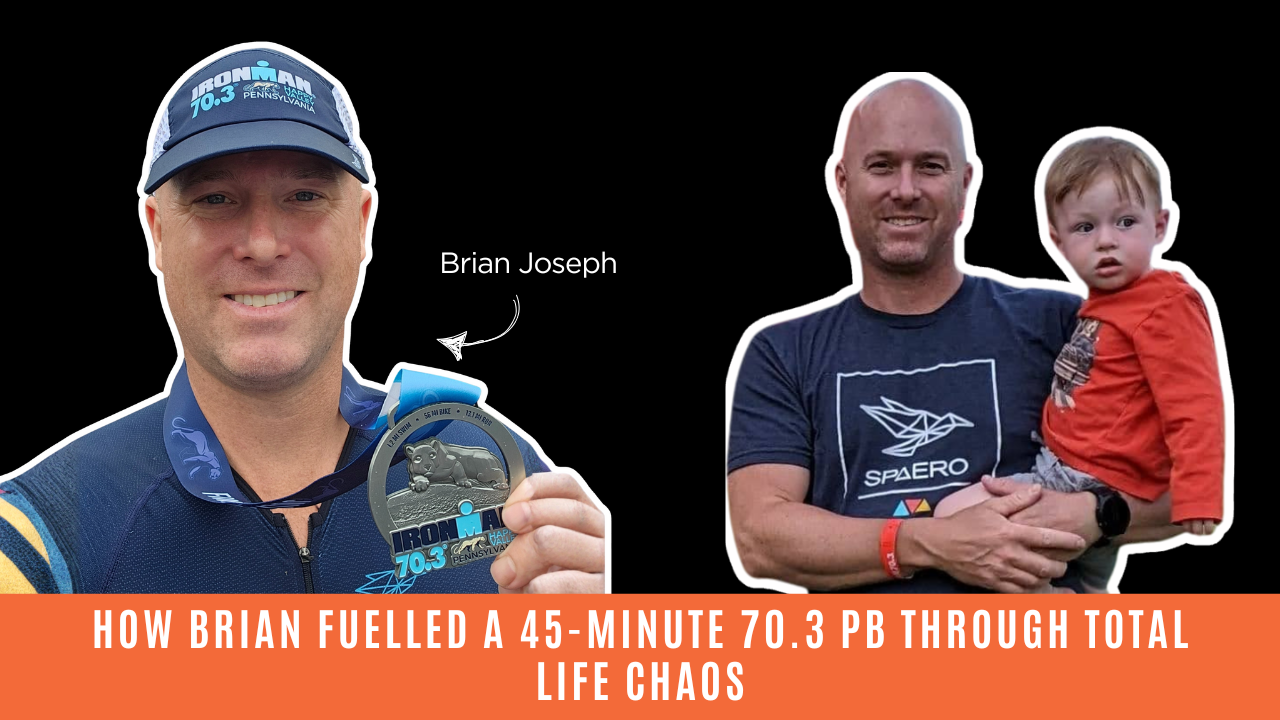
Smash Your 70.3 PB (Even When Life is Total Chaos)
Are you a time-poor triathlete juggling family, work and training?
Meet Brian Joseph – a full-time professional, dad of three and Triathlon Nutrition Academy (TNA) graduate who recently shaved 45 minutes off his 70.3 PB. All while navigating a year of sleep deprivation, sick kids and a wife travelling for work.
In this post, you'll learn how he:
- Trained for back-to-back Ironmans while parenting a toddler
- Transformed his nutrition strategy to fuel smarter, not harder
- Used TNA tools to plan, prep and perform under pressure
If you're doing your best with limited time and energy, Brian's story proves what’s possible with the right fuelling strategy.
From Raw Vegan to Real Results
Before joining the TNA program, Brian's nutrition was all over the shop. He tried everything – raw veganism, internet hacks, winging it.
But with training loads increasing and energy tanking, he knew something had to give.
"I wasn’t showing up for m...
GLP-1s and Endurance Performance: What Athletes Need to Know
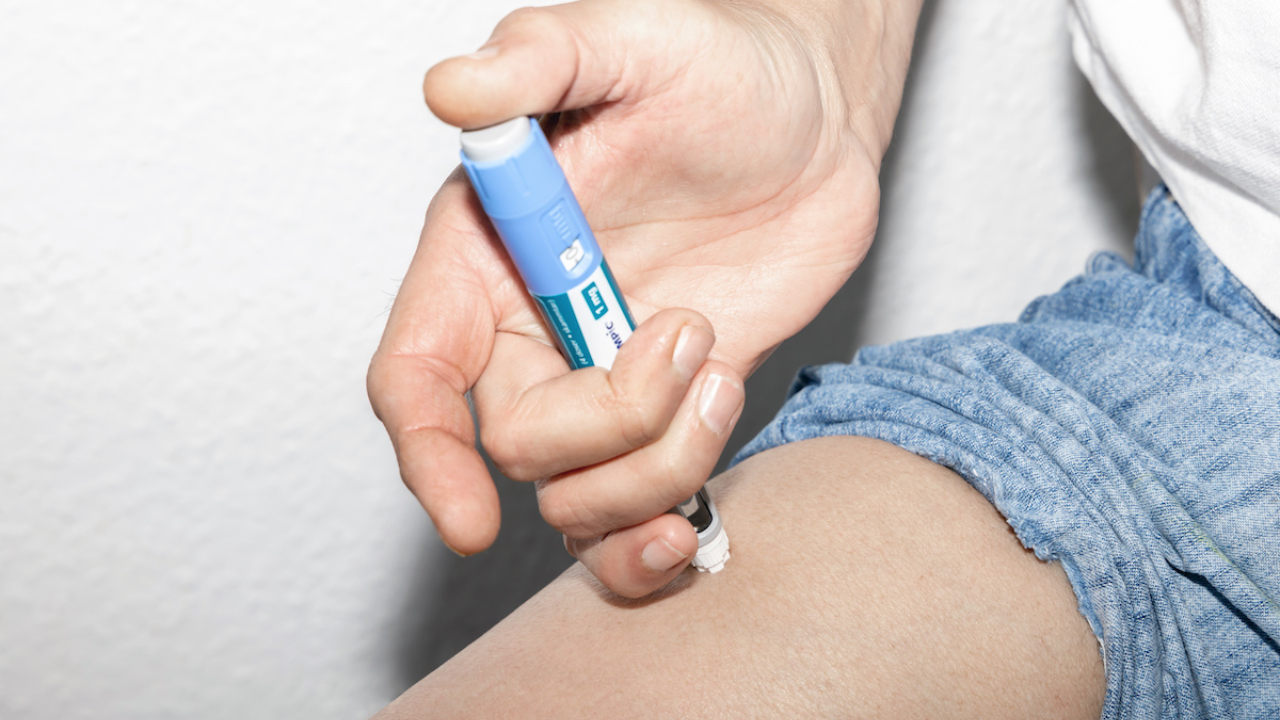
GLP-1 receptor agonists like semaglutide (Ozempic, Wegovy) have quickly gained attention for their dramatic effects on weight loss and appetite control. But what happens when these medications enter the world of endurance sport? For triathletes and other athletes training long hours and pushing performance boundaries, the physiological impact of GLP-1 drugs could carry serious consequences. In this blog, we explore what GLP-1 medications are, how they work, and why their use in endurance athletes deserves careful consideration. Whether you're managing a medical condition or simply curious about emerging trends in performance and body composition, this article unpacks the current science, risks, and takeaways for the triathlon community.
What Are GLP-1 and GLP-1 Receptor Agonist Medications?
Glucagon-like peptide-1 (GLP-1) is a hormone (an incretin) released from the gut after we eat. It helps regulate blood sugar by increasing insulin (when glucose is present) and reducing glucagon,...
Seven Tips to Navigate Alcohol and the Festive Season Without Sabotaging Your Performance
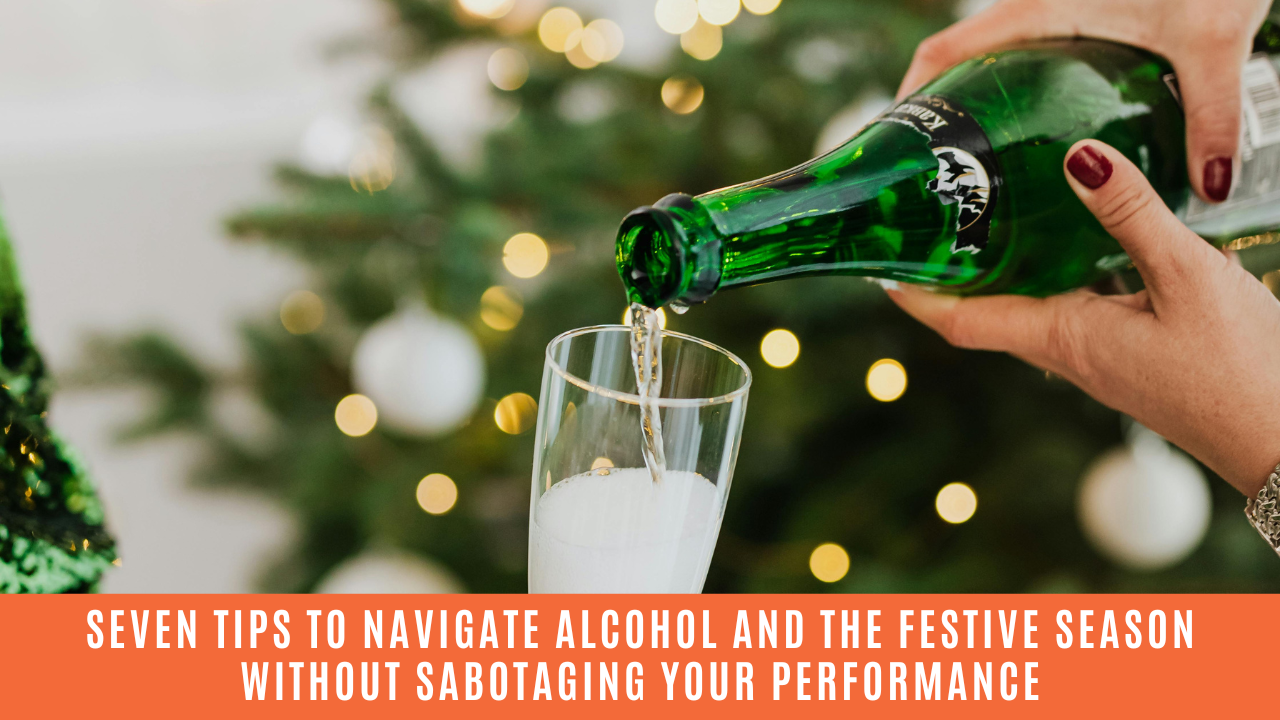
It’s that time of year again. Race season is in full swing here in Australia, and the Christmas parties are coming in hot. Meanwhile, our northern hemisphere triathletes are deep into off-season base building or buried under snow. Wherever you are in your season, the drinks start flowing and good intentions can go out the window.
But what if you could still enjoy a drink (or two) and make it to January without feeling like you need to start again?
In this article, you'll learn:
- What alcohol really does to your body as an endurance athlete
- How it affects your performance, recovery, sleep and hydration
- Seven practical tips to navigate the festive season without undoing your gains
The truth about alcohol and triathlon performance
Let’s be real. Alcohol is a toxin. Your body sees it as something to get rid of ASAP. It can’t be stored like carbs, protein or fat, so when you drink, your body presses...
Iron Cowboy: What It Takes to Do 100 Ironmans in 100 Days
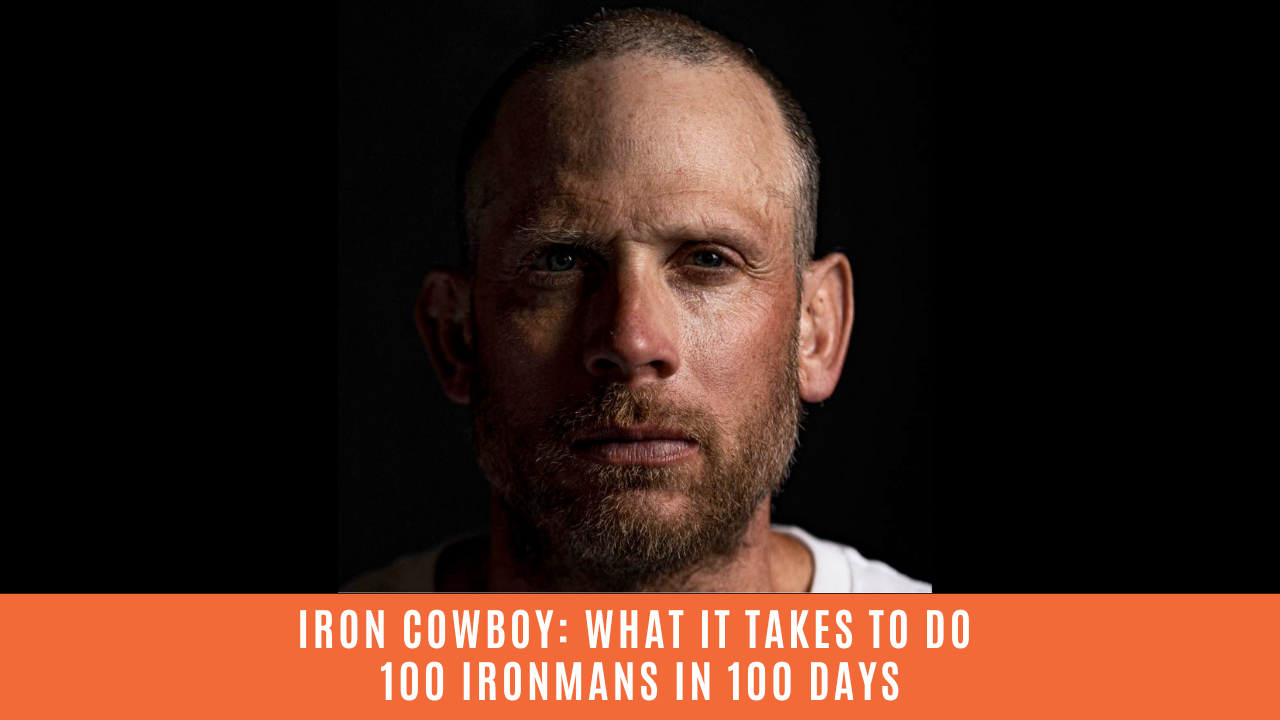
If you're a triathlete, you've likely heard of James Lawrence — aka the Iron Cowboy. Completing one Ironman is impressive. Doing 100 of them, on 100 consecutive days? That's next-level bonkers.
But what does it actually take to fuel such a feat? And what can everyday age group triathletes learn from it?
We sat down with James on the Triathlon Nutrition Academy podcast to uncover the gritty, behind-the-scenes details of how he fuelled his Conquer 100 mission. Here's what we learned.
1. Consistency Trumps Perfection
James didn’t stumble into the Conquer 100 overnight. It was 15+ years of groundwork — showing up daily, doing the small things well, and building an unshakeable foundation.
"We made a lot of mistakes along the way. But all of that mattered. Eventually, you wake up one day and realise more is possible."
His approach to nutrition was no different. While there were times it went sideways (more on that later), the key was relentless consistency.
2. Real Food Reigned Suprem...
How to Train and Perform with Type 1 Diabetes: What Every Triathlete Needs to Know
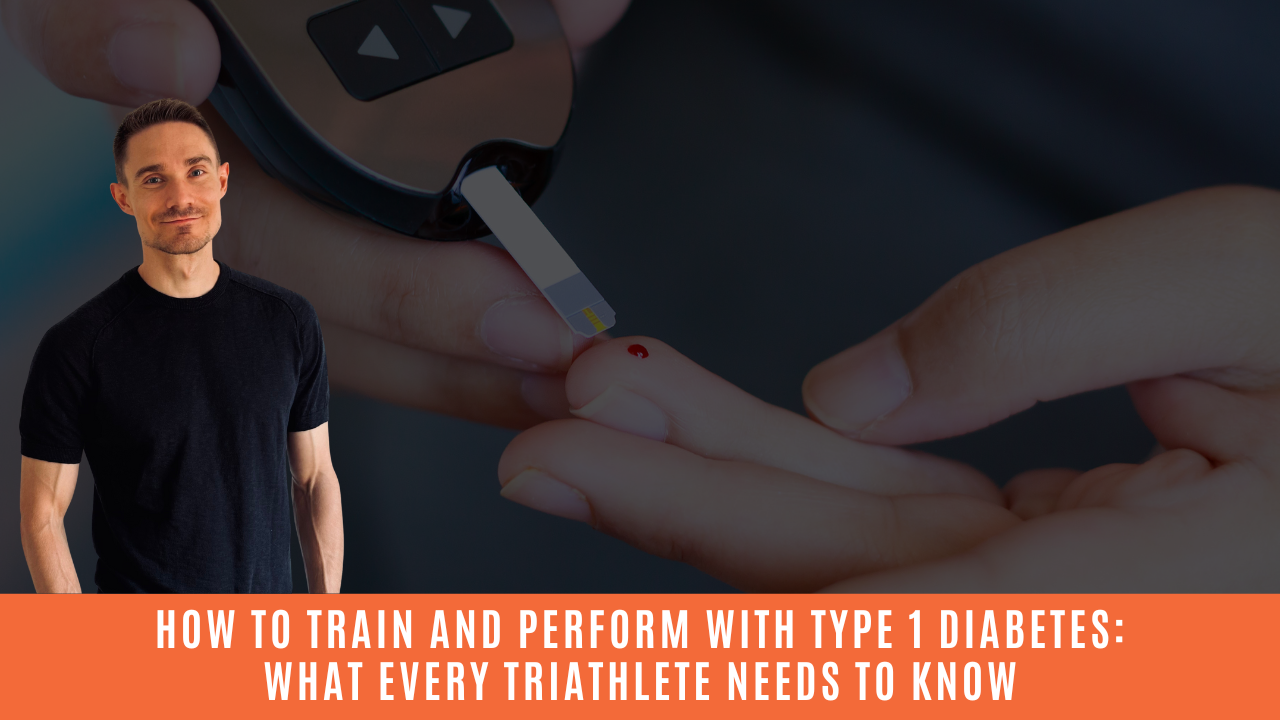
Training with Type 1 Diabetes? Here's What You Need to Know
For triathletes living with type 1 diabetes (T1D), training isn’t just about nailing swim-bike-run. There’s a fourth leg that adds another layer of complexity: glucose management.
This blog dives into key takeaways from Episode 216 of the Triathlon Nutrition Academy podcast, where Dr Sam Scott – exercise physiologist, researcher and ex-Head of Research for Team Novo Nordisk – shares practical, science-backed insights to help athletes with T1D stay active, stay safe and perform at their best.
Why exercise with T1D is a unique challenge
"Exercise is one of the best things we can do for our health, but for people living with type 1 diabetes, it adds an extra layer of planning and complexity."
If you're an endurance athlete with T1D, you're managing much more than your training program:
- Timing of insulin and meals
- Impact of exercise type, intensity and duration on blood glucose
- Heat, altitude and hormonal fluctuations
- C...
Meet Kelly Estes – Chief Operating Officer at Dietitian Approved

A new chapter for Dietitian Approved.
We’re thrilled to share some exciting news! Kelly Estes has joined Dietitian Approved as our Chief Operating Officer (COO).
Kelly isn’t new to our community. He’s a Triathlon Nutrition Academy alumnus and passionate advocate for triathlon nutrition education. Now, he’s stepping into this key leadership role to help us scale with intention and continue delivering world-class nutrition education for endurance athletes across the globe.
About Kelly
Hailing from Idaho, USA, Kelly recently returned to triathlon after a successful career in the nuclear industry, where he held senior leadership positions at the Idaho National Laboratory. His previous roles include Director, Advanced Test Reactor (ATR), Business Affairs Division; Deputy Director, ATR Life Extension Program; Manager, ATR Production Control; and various leadership and project management positions.
Kelly brings decades of experience in operations, project management, and strategic planni...
From Sidelines to Start Lines: How Nutrition Helped Brian Bounce Back from ACL Surgery
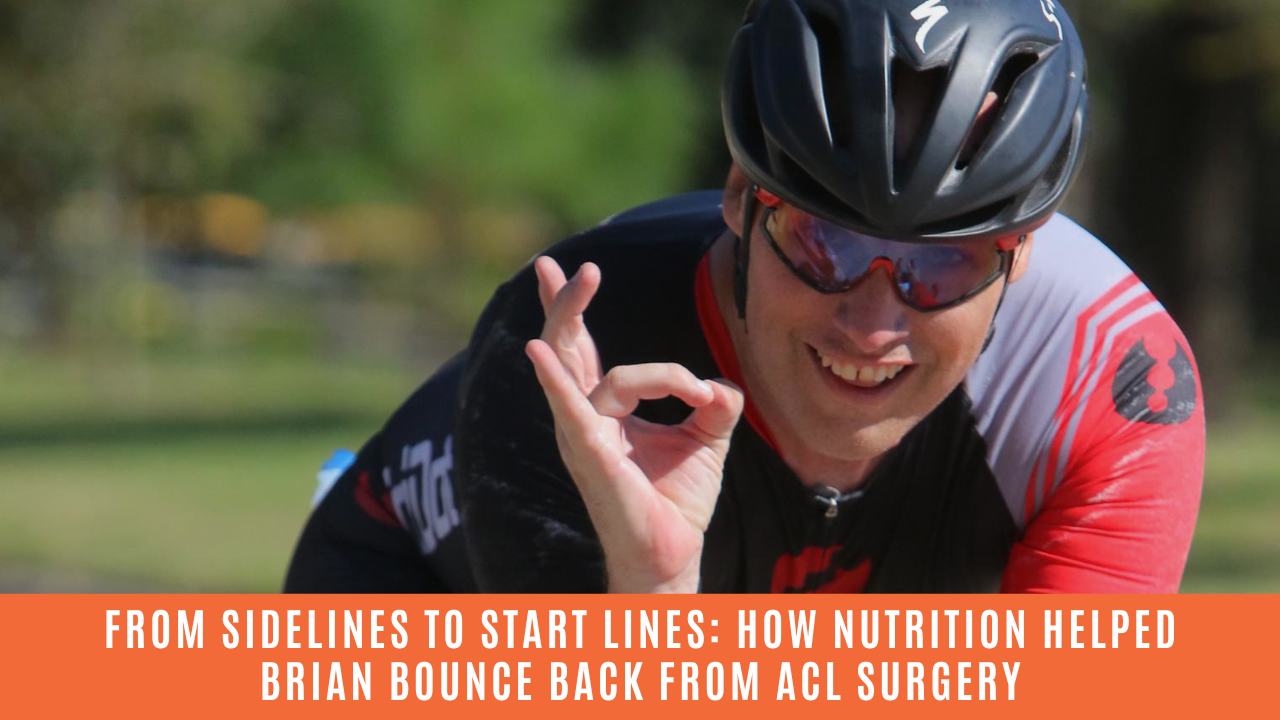
Triathletes, are you sidelined with an injury? You train hard, race harder, but when injury strikes, it can feel like everything comes to a screeching halt. That was Brian's reality after tearing his ACL in a backyard basketball game. But just nine months later, he’s back in the saddle, smashing 90km rides and prepping for Ironman 70.3 races. So, what helped him recover fast and come back stronger? Nutrition.
In this blog, you'll learn:
- How strategic fuelling accelerated Brian's ACL rehab
- The common mistakes he made early on
- How he now fuels smarter for training, recovery, and performance
- The mindset shift that helped him go from couch-bound to race-ready
Let’s dive into Brian’s nutrition-fuelled comeback.
The Injury That Changed Everything
What started as a fun Dads vs Sons basketball game ended in a torn ACL for Brian. Already deep in prep for 70.3 Chattanooga, his injury meant hitting pause on training, racing, and life as he knew it.
"The identity hit was huge," Brian ...
Sweat Science: The Truth About Electrolytes and Hydration for Triathletes
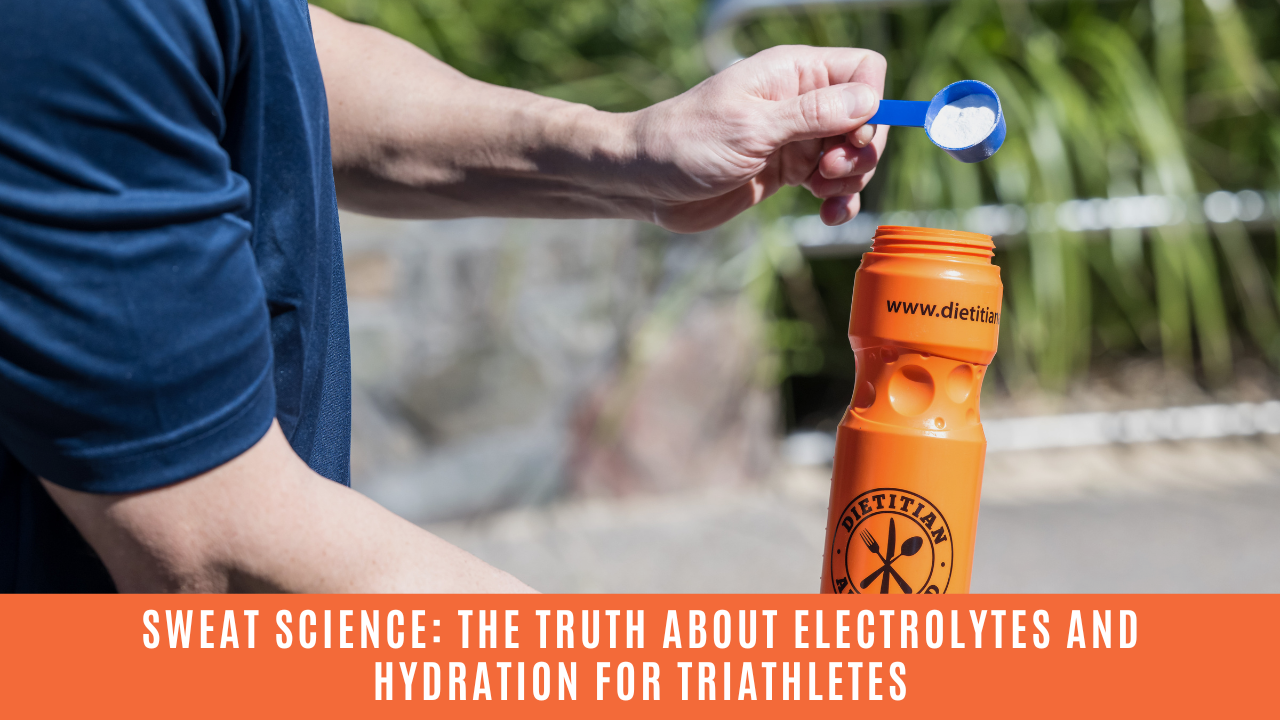
Are electrolyte drinks helping your training or just making expensive pee?
If you're a triathlete, you've seen the pastel-coloured powders and slick marketing promising better hydration, more energy and faster recovery. But here's the truth: most of it is hype. For endurance athletes, hydration is critical, but the way we use electrolytes needs to be strategic.
In this blog, we’ll unpack:
-
Why triathletes actually need electrolytes
-
The dangers of drinking too much plain water
-
What to look for in a quality electrolyte product
-
How to create a personalised hydration plan
Not everyone needs electrolyte drinks every day
From skin patches to chews and brightly branded sachets, electrolytes are marketed as essential. But unless you're training long, sweating heavily or racing in heat, plain water (plus food) is usually enough.
Key point: Just because a drink says "electrolyte" doesn't mean it's helpful for triathletes. Many are low in sodium and packed with fairy-d...
The Gut Microbiome Explained: Is It the Missing Link in Your Triathlon Performance?

If you're a triathlete training hard but not quite nailing your performance, your gut might be holding you back. Gut health is more than a wellness buzzword—it’s emerging research shows it plays a pivotal role in how you recover, adapt and perform.
In this blog, you'll learn:
- What the gut microbiome actually is (and isn’t)
- Why gut health matters for endurance performance
- What the latest research says about gut bugs and athletes
- Six simple, evidence-based actions to support your gut
What Even Is the Gut Microbiome?
You’ll often hear people throwing around terms like “microbiota” and “microbiome” like they’re the same thing. They’re not.
- Gut microbiota = The trillions of organisms (mostly bacteria, but also viruses, fungi and others) living in your gut.
- Gut microbiome = Those organisms plus all their genetic material and what they do. Think of it as the full ecosystem.
This system is a key player in digestion, immunity, inflammation, mental health and, crucially for tri...
Do You Really Need Electrolyte Drinks? The Truth About Hydration for Triathletes

Electrolyte drinks are everywhere right now.
They're popping up on podcasts, in influencer morning routines and on supermarket shelves.
But are they really necessary for everyone?
I recently spoke with the Australian Financial Review about this exact question for their article, “Electrolyte Drinks: The Simple Rule for When to Consume Them” (note: google the title to access the article if you don't have a subscription).
Here’s the key takeaway:
- For most people, plain water is perfectly adequate for hydration. Electrolyte drinks are only beneficial when you’re exercising for long durations (think four hours or more) or sweating heavily in hot and humid conditions.
As I explained in the article, your sweat rate and sweat-sodium concentration are highly individual.
Some athletes lose much more sodium than others. If your training clothes often have white, crusty marks or you can wring out your top after a session, you might be a salty or heavy sweater.
That’s when it’s worth...


